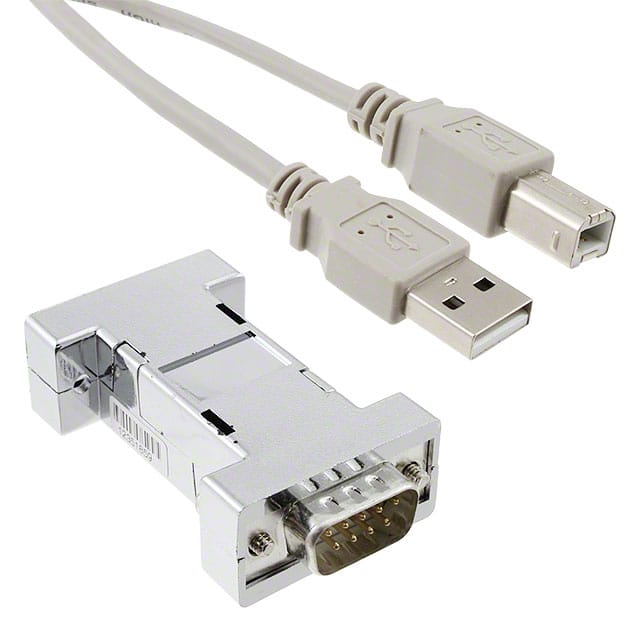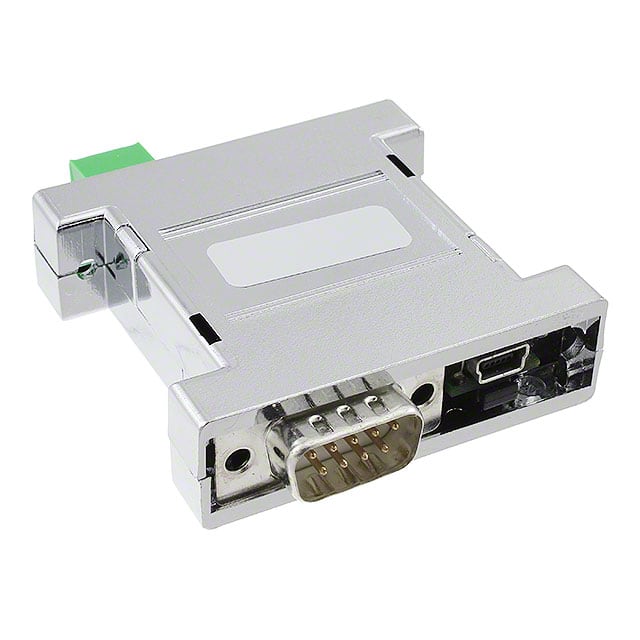
TRINAMIC Motion Control GmbH
TRINAMIC Motion Control GmbH is a well-established company specializing in motion control solutions. Founded in 1992 and headquartered in Germany, TRINAMIC has gained recognition for its expertise in motor and motion control technologies. The company offers a wide range of integrated circuits, modules, and software for controlling and driving electric motors.With a strong focus on innovation, TRINAMIC develops cutting-edge products that provide precise and efficient motion control across various industries. Their product portfolio includes motor drivers, motion controllers, sensors, and development tools, catering to applications in robotics, automation, 3D printing, and more.One of TRINAMIC's key strengths lies in their advanced technologies, such as their unique motor control algorithms and intelligent sensor interfaces. These technologies allow for optimized performance, reduced energy consumption, and enhanced overall system efficiency. Additionally, TRINAMIC's products are known for their ease of use, flexibility, and scalability, making them suitable for both small-scale and large-scale applications.TRINAMIC prides itself on delivering comprehensive customer support and collaboration. Their team of experts provides technical assistance, application guidance, and customization options to meet specific requirements. This customer-centric approach has earned TRINAMIC a strong reputation for reliability and customer satisfaction.With a commitment to continuous improvement and a focus on customer needs, TRINAMIC Motion Control GmbH remains at the forefront of the motion control industry. Their state-of-the-art solutions, combined with exceptional customer support, make them a trusted partner for companies seeking reliable and efficient motion control technology.
Adapters, Converters
Results:
2
Series
Utilized IC / Part
Convert To (Adapter End)
Convert From (Adapter End)
Type
Features
Interface
Results remaining:2
Applied Filters:
TRINAMIC Motion Control GmbH
About Adapters, Converters
Adapters and converters are devices designed to facilitate communication between different data protocols by utilizing specific connectors and circuitry. They enable the conversion of signals and interfaces, allowing compatibility between various devices and systems. Some commonly converted protocols include DisplayPort, DVI, Ethernet, HDMI, IDE, serial, USB, and VGA. The conversion circuitry employed in these devices varies based on the integrated circuit (IC) used and the interface requirements. Here are some examples of conversion interfaces: FIFO (First-In-First-Out): FIFO is a type of buffer memory used for temporary storage of data during protocol conversion. It ensures smooth and efficient data transfer between different protocols. IDE (Integrated Drive Electronics): IDE interfaces are commonly used for connecting storage devices such as hard drives and optical drives. Adapters and converters with IDE interfaces enable compatibility and connectivity with different IDE-based devices. RS-232: RS-232 is a common serial communication standard used for connecting devices over relatively short distances. Adapters and converters with RS-232 interfaces enable the conversion of RS-232 signals to other protocols or vice versa. RS-422 and RS-485: RS-422 and RS-485 are serial communication standards used for longer-range and multi-drop applications. Adapters and converters with RS-422 or RS-485 interfaces allow the conversion between these standards and other protocols. SATA (Serial ATA): SATA is a widely used interface for connecting storage devices such as hard drives and SSDs. Adapters and converters with SATA interfaces facilitate compatibility and connectivity between SATA-based devices and other protocols. TTL (Transistor-Transistor Logic): TTL is a type of digital logic circuitry commonly used for low-power and high-speed applications. Adapters and converters with TTL interfaces enable the conversion of signals between TTL and other protocols. UART (Universal Asynchronous Receiver/Transmitter): UART is a hardware device that handles serial communication with start and stop bits. Adapters and converters with UART interfaces enable the conversion of UART signals to other protocols or vice versa. These adapters and converters provide flexibility and compatibility in data communication by enabling the conversion between different protocols and interfaces. By utilizing the appropriate adapter or converter, users can seamlessly connect devices and systems that would otherwise be incompatible, expanding the functionality and connectivity options of their equipment.


